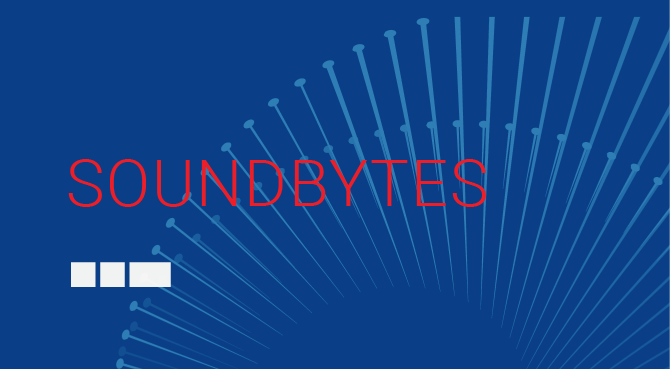5 common questions about asset tokenization, answered

By: Tom Menner, Chief Technology Officer, SBI Digital Markets
1. Can anything be tokenized?
Theoretically anything can be tokenized, because in essence you’re just creating a digital representation or placeholder for that asset. Where you start to run into considerations and limitations is actually more about the legality of ownership and transferal within the jurisdictions in which these tokens are used.
2. Does ownership of the token always confer ownership of the underlying asset?
In some jurisdictions it’s true that in fact by owning the token you own the underlying asset or have some legal claim to ownership of that asset. Thus, by purchasing a tokenized bond I can claim ownership of that bond, or even ownership of some fractional value of that bond.
But in many jurisdictions though, legally owning the token does not automatically confer ownership of that bond. In this case an additional step would need to be taken to confer ownership, not just by the tokenization but perhaps by some legal contract that is associated with the token.
In that sense some of the limitations around tokenization are really about the legal recognition and regulatory aspects of tokens, and not so much about what can and can’t be tokenized. Literally you could create tokens that represent the clothes you’re wearing, if for some reason it had value to a marketplace. What really matters is the kind of ownership that is conferred by that token legally, if any.
3. So how would one go about tokenizing an asset?
Again, this comes back to the regulatory and legal aspects of the tokenization, beyond just the technical considerations. If you were trading a security token here in Singapore you need to make some additional steps to confer ownership of that token. It may not be necessarily difficult to do, but it’s just something you need to factor into the creation and trade lifecycle of that token.
4. How does a tokenized security differ from a traditional security?
Once we start talking about tokenized securities in capital markets, the lifecycle of those securities typically replicates a traditional security lifecycle. There will be issuance of the tokenized security, there may be book building and market making for the asset, trade matching, settlement, transferal and custody, and even associated corporate actions.
5. What other additional steps might be necessary?
As with traditional assets, if something happens that affects that asset (from a stock split to a bankruptcy), post-settlement instructions and corporate actions might need to take place. On the one hand the still unsettled legal landscape of tokenization can complicate matters; for example, what is my legal claim on assets via tokenization in the case of a bankruptcy liquidation. On the other hand, one of the appeals of digitizing assets is that ideally this should facilitate workflow automation and straight-through-processing via smart contracts and shared ledgers. It should reduce the friction involved in the whole trade lifecycle, potentially reduce risk (if done correctly), and in general makes it much easier for an asset to traverse from issuance to markets and into custody or retirement, because everything can be handled within the digital confines of the smart contract that’s associated with the tokenized asset.
(In case you missed our previous SoundBytes blog post you can read it here: ‘Tokenized assets are the same thing as crypto, right?’ as we clarify why the term tokenized assets doesn’t just refer to cryptocurrency.)
